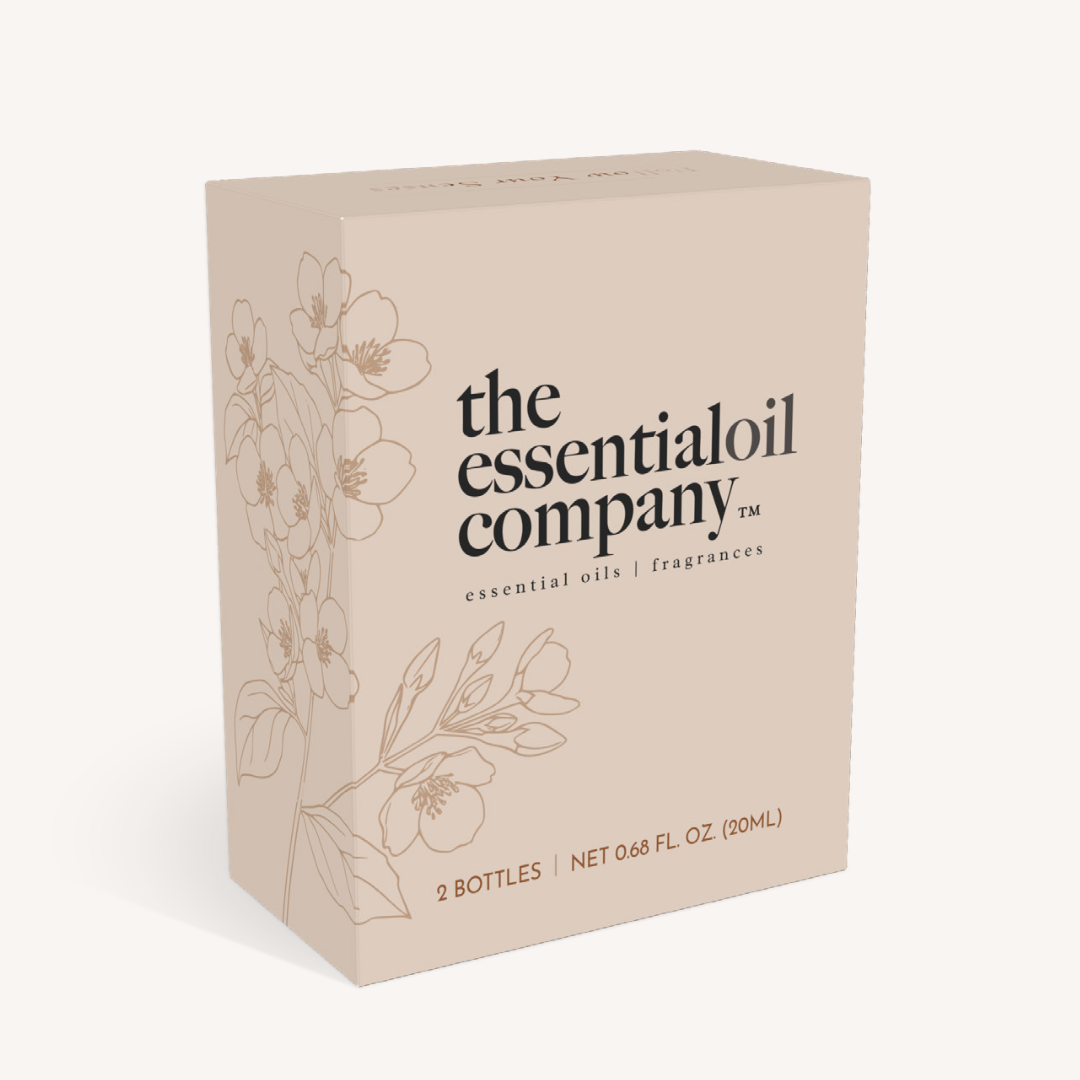Many soapmakers may wonder how they can use their ever-expanding soap skills outside of traditional body care products. This amazing cleaning soap is the perfect ingredient to utilize for multiple cleansing purposes throughout our home. Lavender, tea tree, and lemon essential oils give this soap antibacterial, deodorizing, degreasing, and strong cleansing powers while adding a bright fresh scent. Coconut oil creates a very hard and long-lasting bar of soap that doesn’t require much curing time. Since this bar won’t be used on the skin, there is no need to cure long enough to lower the pH level. Remember, this bar is not formulated to be used on the skin, it is far too drying and irritating.
There are several different applications in which this versatile and purifying cleaning soap can be used around our homes:
Laundry
This soap can be rubbed directly into laundry stains to pretreat them before washing. For particularly tough or greasy stains, add a bit of water to the stain, rub with the soap, and gently scrub the spot before washing.
Dishes
This cleaning soap can be used as dish soap. Rub a dishcloth, sponge, or cleaning brush directly against the bar to create suds and clean dishes.
Surface Cleaner
To utilize this soap as a surface cleaner, use a grater or food processor to shred one bar of soap into flakes. Mix the grated soap with borax at the ratio of two parts soap to one part borax for an effective abrasive cleaner. This scrubbing cleaner can be used on bathroom or kitchen surfaces. Rinse well after using.

Cold Process Multi-Purpose Cleansing Soap Recipe
Ingredients
- 30 oz of Coconut Oil
- 10 oz of Distilled Water
- 5 oz of Sodium Hydroxide Lye
- 30 ml of Lavender Essential Oil
- 10 ml of Tea Tree Essential Oil
- 10 ml of Lemon Essential Oil
Supplies
- Heat Safe Individual Soap Molds
- Immersion blender
- Digital kitchen scale
- Small bowl for essential oils
- Medium glass bowl for lye mixture
- Large glass or stainless steel bowl for oil
- Pot or double boiler
- Spoon or rubber spatula
- Gloves
- Safety glasses or goggles
Instructions
***Make sure to wear safety glasses or goggles, gloves, and long sleeve clothing. Working with lye and high temperatures requires caution and safe practices. Always make soap in a well-ventilated area.
- Measure and combine the essential oils and set them aside.
- Weigh coconut oil and add it to a large bowl. Place the bowl on top of a large pot that is about 1/3 full of water and bring the water to a boil. Heat the oil until fully melted, stirring occasionally.
- While the oil is melting, weigh out the lye and water in two separate bowls. Slowly add the lye to the water while gently stirring until the lye is fully dissolved and the liquid is clear.
- Let the oils and lye mixture both cool to 130 degrees or below, ensuring that they are within 10 degrees of each other.
- Place the immersion blender into the oil, tapping it on the bottom of the bowl to release any air bubbles. This is a safety precaution that prevents the bubbles from coming to the surface when you begin mixing in the lye.
- Slowly and gently pour the lye water into the oil. You can pour down the side of the bowl or down the shaft of the immersion blender to reduce the chance of splashing.
- Pulse the blender a few times, watching as the oils and lye start to combine. Switch between short pulse and stirring with the blender until the mixture comes together to a very light trace. This will allow time to add fragrance without the soap becoming too thick to work with.
- Working quickly, stir (do not blend) in the essential oil blend.
- Once the soap reaches about a medium trace, pour it into the mold or molds, scraping the bowl to ensure no soap is left behind. Tap the molds on the table or counter to release any trapped air bubbles.
- Allow the soap to sit in the molds for 48-72 hours at room temperature. Un-mold the soap and allow it to cure for about a week.
- Use and enjoy your handmade cleaning soap.










